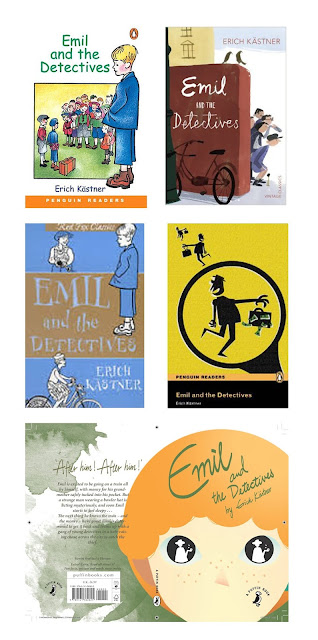Process
I used free music archive and sound jay to find the appropriate files to use in my soundtrack, which were:
- Piano music
- Footsteps
- Door opening
- Light switching on
As the piano piece was longer than 15 seconds, it was quite tricky to try and select a substantial section that wouldn't sound too much like it had been cut and pasted in a hap-hazard sort of way. So I chose to use the last fifteen seconds of the piece, that way it would have a softer and less abrupt ending.
To improve my assets, I simply traced my mock assets in adobe illustrator so that they were more clear and defined.
Sticking to the print theme, I mono-printed different textures of pink and green to use within the sting so that it had a more hand crafted approach.
In terms of movements and transition, I was a lot more confident with using key frames in the correct places and consistencies, also more savvy with methods of transition. For example, instead of replacing the whole bodies with new ones with black faces, I made the faces of the people on different layers and faded their opacities individually to give a smoother outcome. I also added in the hands and name label asset from my prosopagnosia print into my sting; this way there would be even more of a connection between the two and a greater understanding of the condition.
Difficulties
At first I found the whole concept of key frames completely alien, but this improved with practice. Fitting all of my information into fifteen seconds also proved to be rather difficult in terms of timing and fitting in with the music. I kept having to shorten parts of the first half of my sting to make sure I could include all of my assets, but it was challenging to judge how long to leave each asset in the frame enough for the audience to gain some sense of what is happening.
Noticing little mistakes hindered my productivity too; I didn't realise that I had accidentally given Oliver Sacks black nail varnish on his thumb! This was easily amended by switching the colour in photoshop and simply pasting the new asset in place of the previous.
Noticing little mistakes hindered my productivity too; I didn't realise that I had accidentally given Oliver Sacks black nail varnish on his thumb! This was easily amended by switching the colour in photoshop and simply pasting the new asset in place of the previous.
Evaluation
On a personal level I am so pleased with the sting I have produced considering how much I struggled with after effects and how long it took me to get my head around it. I purposely made my sting quite simple with the intention of not over-complicating the production process resulting in a poorer outcome, and I think the narrative is clear and relatable to my author, Oliver Sacks. It has a substantial connection to my prints and general colour scheme so that they combine as a stable body of work.
One of the strongest aspects of my sting is my soundtrack, the sound effects at the beginning help reinforce the narrative setting of walking into a surprise birthday party, and at the end of the sting, I timed the question marks and text to appear and disappear in time with the music, which gives a sense of charm and greater attention to detail. It also appeals well to my audience, which is of a wide age range; the piano music is completely un-offensive or frightening for young viewers for example, so therefore would be suitable for anybody to watch and listen to.
One of the strongest aspects of my sting is my soundtrack, the sound effects at the beginning help reinforce the narrative setting of walking into a surprise birthday party, and at the end of the sting, I timed the question marks and text to appear and disappear in time with the music, which gives a sense of charm and greater attention to detail. It also appeals well to my audience, which is of a wide age range; the piano music is completely un-offensive or frightening for young viewers for example, so therefore would be suitable for anybody to watch and listen to.
In hindsight, and from an external perspective, I probably could have made the elements of my sting a little more intricate and detailed with both the visual and conceptual factors. I know that mono-printing isn't my strongest method of image making so maybe I could have planned more efficiently and made my assets from screen prints for example, or come up with more storyboards that used a wider range of movements. Nevertheless, I have gained a new skill with using basic animation, which I will take forward and use in future projects and I have answered the brief to a level that I am content with.
Final Sting_2 from Ellie Chappell on Vimeo.
































